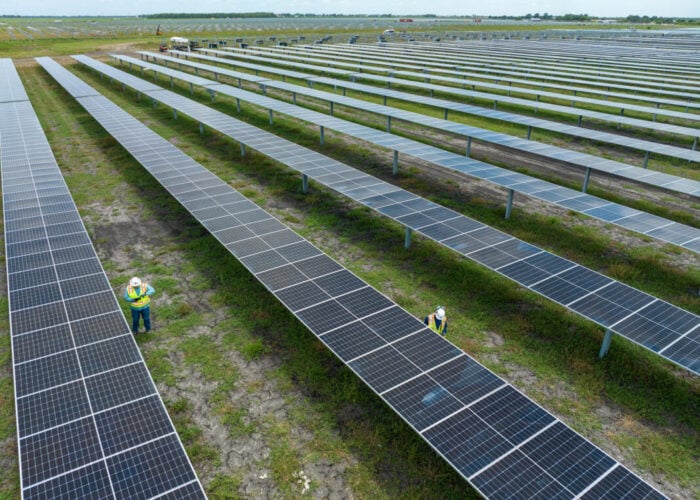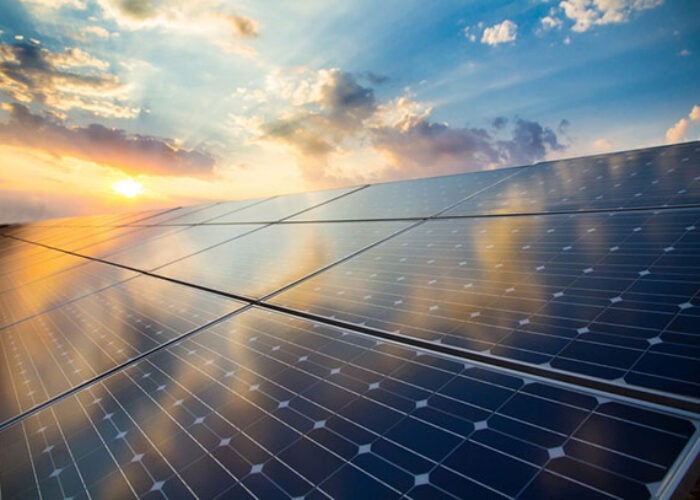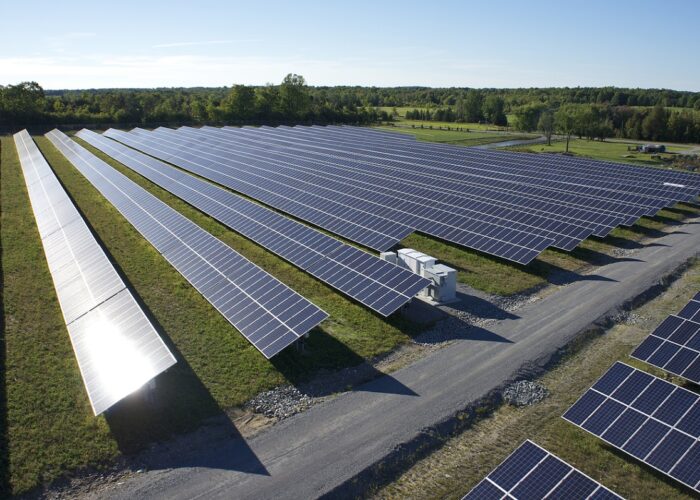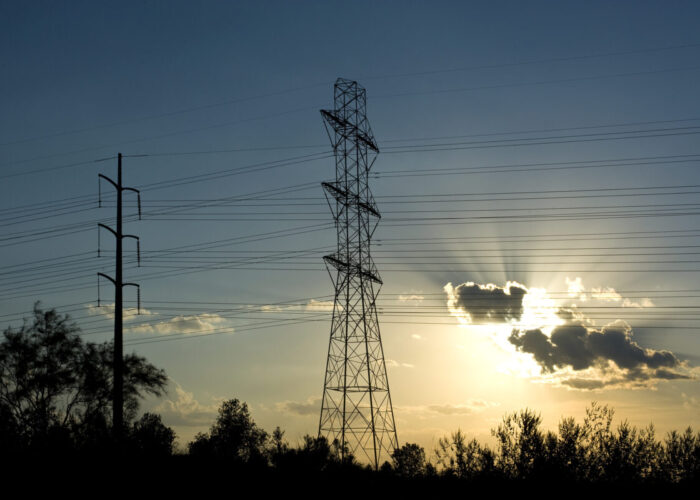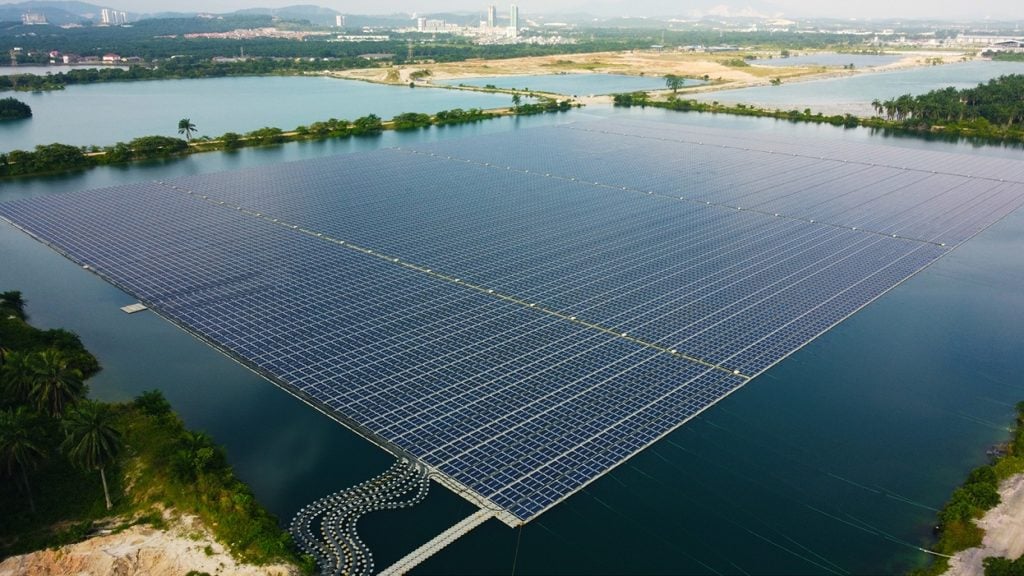
Chinese power company Sungrow has unveiled its latest floating solar system at the RE+ event in Las Vegas, which it said is “suitable for the North American market”.
The new floating modules, produced by Sungrow Floating PV, the company’s floating solar wing, can support a snow load of between 0.32-1.65kN/m2, a measure of how much force a surface can endure without breaking.
Unlock unlimited access for 12 whole months of distinctive global analysis
Photovoltaics International is now included.
- Regular insight and analysis of the industry’s biggest developments
- In-depth interviews with the industry’s leading figures
- Unlimited digital access to the PV Tech Power journal catalogue
- Unlimited digital access to the Photovoltaics International journal catalogue
- Access to more than 1,000 technical papers
- Discounts on Solar Media’s portfolio of events, in-person and virtual
A 2018 report from the British Columbia Building Code, which operates in Canada, reported that the average weight on rooves of new snowfall in Canada was around 1kN/m2, and considering much of North America receives less snowfall than in Canada, it is likely Sungrow’s new modules will be able to endure the majority of snowfall across the continent.
The company also noted that the latest modules build on the materials and standardisation processes used in previous floating solar arrays, improving the installation efficiency by 15% over older models.
“Under the demand of North America’s energy transition and the trend of carbon neutrality, Sungrow Floating PV is committed to driving North America towards a green future with cutting-edge technology and reliable products,” said Wang Lei, deputy general manager of Sungrow Floating PV.
The news follows Sungrow Floating PV’s supply of 192MW of floating modules to the Cirata project in Indonesia, a vital proof of concept for the floating solar sector, which has historically received significant interest, but little investment in large-scale projects. Considering the dramatically different climatic conditions in much of North America, compared to the Asia-Pacific region, Sungrow will be hopeful that its latest product can function in such a radically different climate.
The reveal of the new array could also help expand the small US floating solar sector. In June this year, the US celebrated the launch of its largest floating solar project, NJR Clean Energy Ventures’ 8.9MW Canoe Brook project in the state of New Jersey.
While this is an important milestone, the small capacity of this project means much of the US’ floating solar potential is untapped; in 2022, researchers from the National Renewable Energy Laboratory estimated that building floating solar panels on just one-quarter of the US’ reservoirs would produce around one-tenth of the electricity the country currently generates. The deployment of specialised floating solar projects, such as those developed by Sungrow Floating PV, could be vital if the sector is to live up to its potential.

